![]() 19 Jul 2024
19 Jul 2024
Over half of the world’s pastoral population lives in Africa. Even today, over 22 million Africans depend on some form of pastoral activity for their livelihood including communities like Bedouins, Berbers, Maasai, Somali, Boran and Turkana (Refer to Figure 7.9).
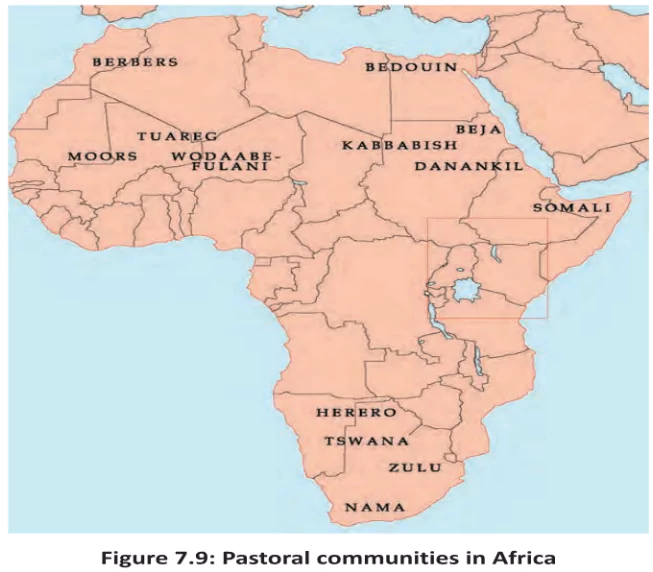
Most of them now live in semi-arid grasslands or arid deserts where rainfed agriculture is difficult and raise cattle, camels, goats, sheep and donkeys.
They sell milk, meat, animal skin and wool. Some also earn through trade and transport; still others do a variety of odd jobs to supplement their meagre and uncertain earnings from pastoralism.
Distribution and Population: The Maasai cattle herders live primarily in East Africa: 300, 000 in southern Kenya and another 150,000 in Tanzania (Refer to Figure 7.10).
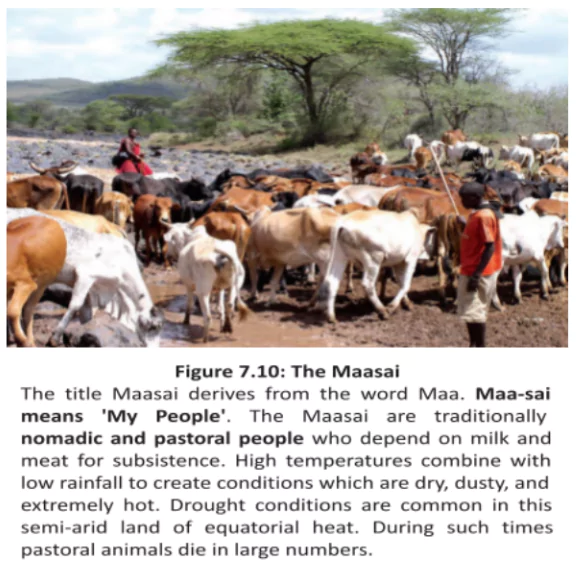 Alienation and Confinement: In 1885, Maasailand was cut into half with an international boundary between British Kenya and German Tanganyika.
Alienation and Confinement: In 1885, Maasailand was cut into half with an international boundary between British Kenya and German Tanganyika.
 Establishment of Game Reserves: Large areas of grazing land were also turned into game reserves like Maasai Mara and Samburu National Park in Kenya and Serengeti Park in Tanzania.
Establishment of Game Reserves: Large areas of grazing land were also turned into game reserves like Maasai Mara and Samburu National Park in Kenya and Serengeti Park in Tanzania.
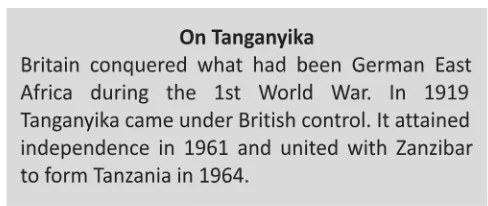 Encroachment on Maasai Grazing Lands: The loss of finest grazing lands and water resources created pressure on the small area of land that the Maasai were confined within.
Encroachment on Maasai Grazing Lands: The loss of finest grazing lands and water resources created pressure on the small area of land that the Maasai were confined within. 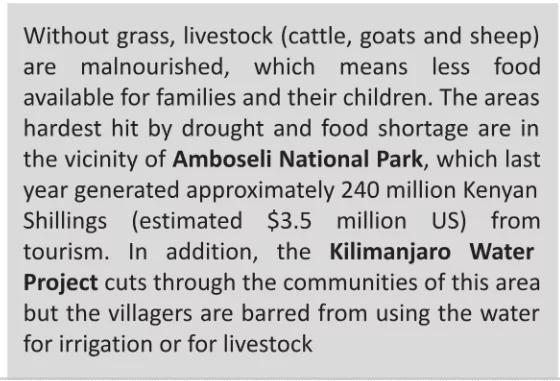
Pastoral Mobility: In the 19th century, African pastoralists could move over from one place to a different area to graze their cattle.
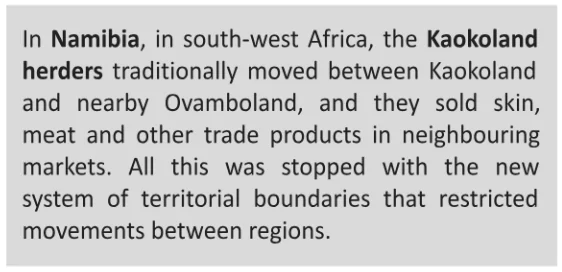 Punishment and Economic Exclusion: Those found guilty of disobeying rules were severely punished and were also not allowed to enter markets in white areas.
Punishment and Economic Exclusion: Those found guilty of disobeying rules were severely punished and were also not allowed to enter markets in white areas. Survival Strategy: Drought affects the lives of pastoralists everywhere. When rains fail and pastures are dry, cattle are likely to starve unless they can be moved to areas where forage is available.
Unequal Impacts: In Maasailand, not all pastoralists were equally affected by the changes in the colonial period.
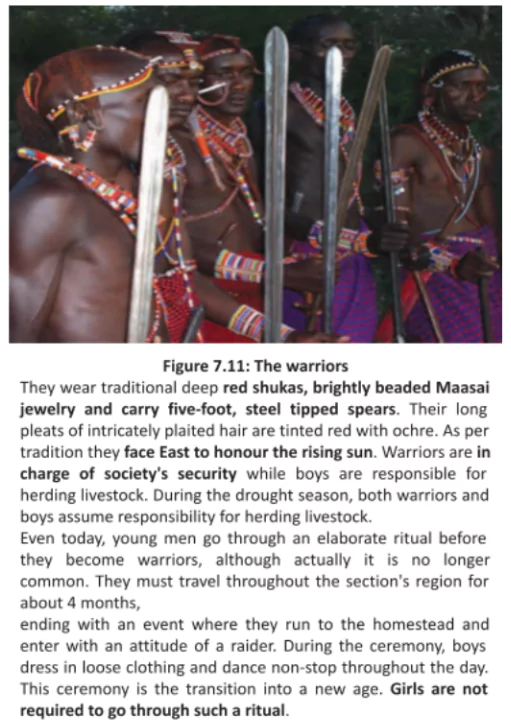
| Must Read | |
| Current Affairs | Editorial Analysis |
| Upsc Notes | Upsc Blogs |
| NCERT Notes | Free Main Answer Writing |
New laws and new borders under changing political regimes and times affect patterns of pastoralist movement. With increasing restrictions on their mobility, they find it difficult to move in search of pastures. As pasture lands disappear grazing becomes a problem, while pastures that remain deteriorate through continuous overgrazing. Yet, pastoralists do adapt to new times. They change the paths of their annual movement, reduce their cattle numbers, press for rights to enter new areas, exert political pressure on the government for relief, subsidy and other forms of support and demand a right to the management of forests and water resources. Pastoralists are not relics of the past. They have a place in the modern world.
Glossary
|
<div class="new-fform">
</div>